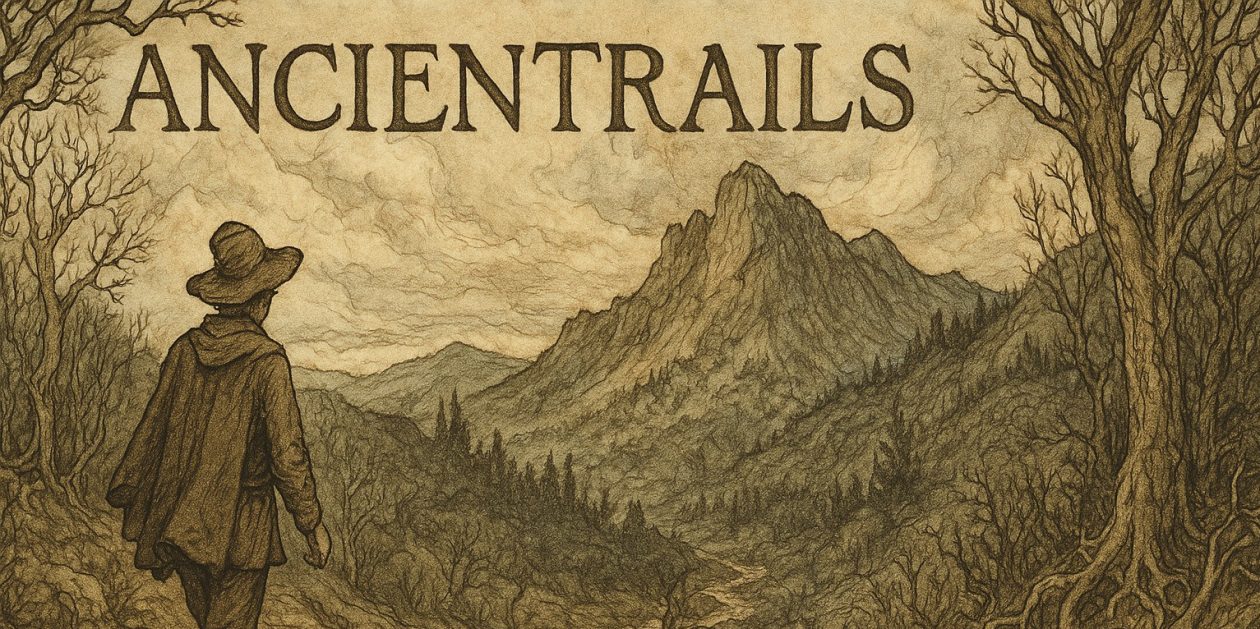Spring Moon of the Southern Cross
Today we went to a Chilean version of Ely, Puerto Varas, the City of Roses and a traditional Chilean farm.
We have definitely moved into a different gardening zone. It rained all morning, a chill driving rain at times, but the countryside has green everywhere: spring flowers, trees, grass.
While we were in Puerto Varas it rained the whole time. This small Chilean city on a big lake, Lake Llanquihue, the second largest in Chile and third in South America, has an Orvis Store and a Northface Store, a Benneton’s and other outdoor equipment stores in addition to a large number of handicraft stores, including one promoting the traditional arts of Chile. I bought two stone pieces made by the Mapuche indians, an interesting group since they successfully fended off both the Inka and the Spanish.
After we left Puerto Varas, we went 20 minutes back toward Puerto Montt and stopped for the afternoon at a working Chilean farm. Down a country road decked on either side with spring flowers in yellow, blue and pink we stopped first at a large covered barn.
In the barn we had empenadas and watched some Chilean teenagers dance to a three piece band, a guitar, a box with slats played like a washboard and an amplified harp with a triangular base. Two of the teenagers were the national traditional dance champions.
Chilean traditional dance uses handkerchiefs to communicate rather than language. The girl moves the handkerchief demurely over her face, down her arm and quickly over her chest, all the while smiling and flirting with her eyes. The boy holds his handkerchief high, then twirls it in the air and brings it, at some point, behind the girl’s head for just a moment.
These kids were very good and there was an 11-year old girl who danced who more than matched her older counterparts in flirtatious behavior, especially toward the boy of the national champion duo.
Four huesos (cowboys) rode in their on their Chilean breed horses, a sort of shorter and stockier quarter horse. They wear ponchos in the colors of their farm, a short jacket so they don’t have to sit on it, tight pants so chaps fit over them easily, thin toed boots which slip into the uniquely, foot shaped wooded stirrups and a large rawl.
The horses move quickly and stop suddenly. They can also run sideways, all this in service of traditional huesos duties.
Chile’s second national sport after futbol is Chilean rodeo. This consists of two horsemen and a bull, with the horsemen using the maneuverability of their mounts to trap the bull and stop it. They go three rounds with the same bull, 4 points awarded for each stop at the bull’s head, lesser amounts if the bull and horse intersect further back.
We also had a typical Chilean meal which included a hunk of beef, a potato and cooked vegetables with soapapilla which here means biscuits made of corn meal and wheat flour. The dessert I found odd, consisting of two apricots in syrup over expanded wheat berries.
I have a fundamental problem with these sorts of events since they market a countries traditions and take them out of context. That said, this was an interesting exposure to some things Chilean.
This afternoon we begin a 6 day journey through the Chilean fjords.
